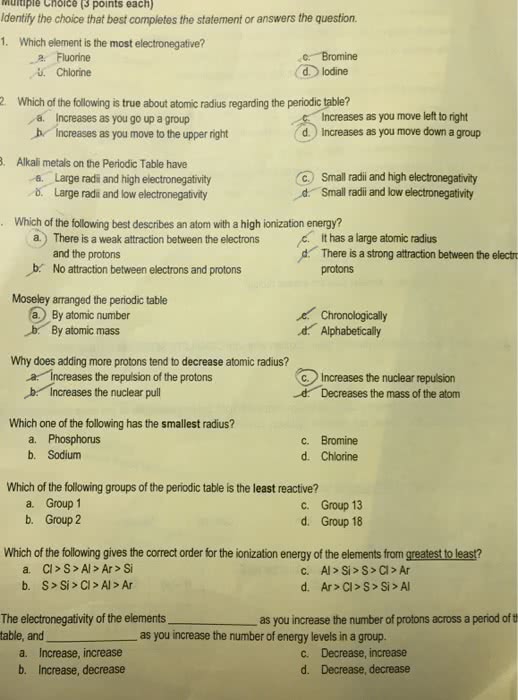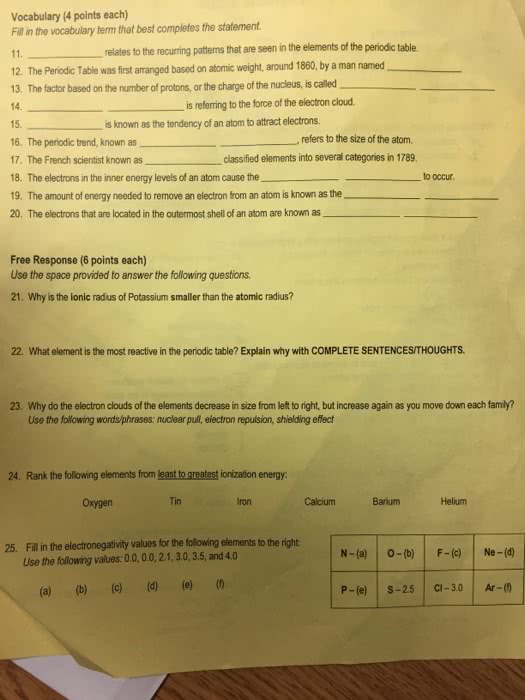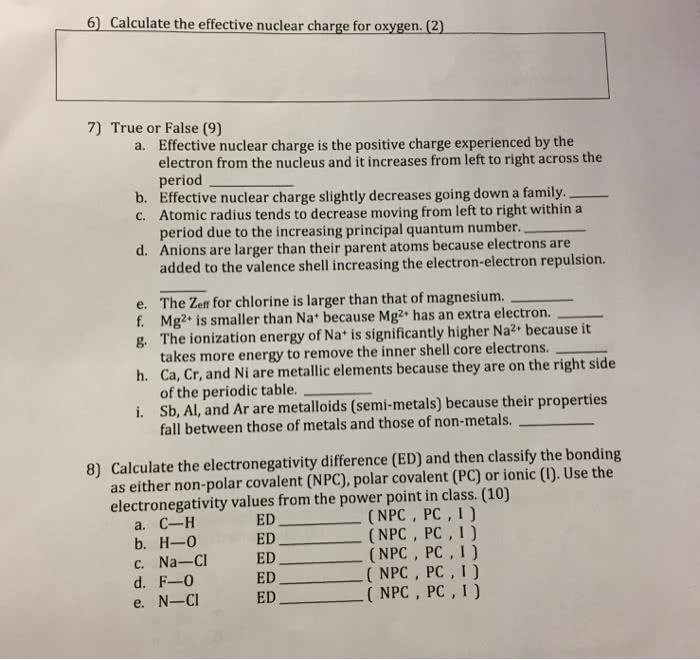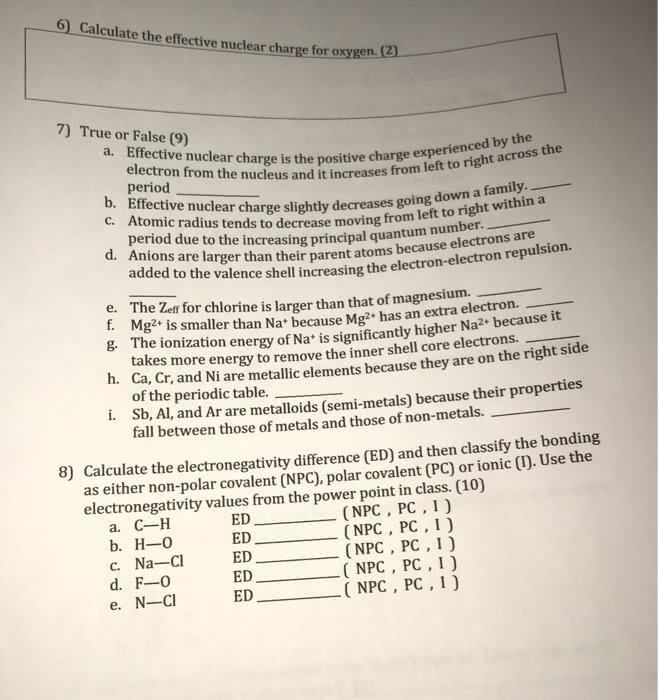L07 Chem 151 Lecture Notes - Lecture 3: Electron Configuration, Electronegativity, Covalent Bond
Document Summary
Electronegativity: measure of the ability of an atom to attract valence electrons to itself in a molecule. Effective nuclear charge stays the same in a group. Have a wide range of melting points and boiling points. Atoms form chemical bonds to achieve a more stable electron configuration. Covalent bonds: interatomic attraction resulting from the sharing of electrons between the atoms. Ionic bonds: attraction between a cation and an anion resulting from the transfer (or partially transfer) of one or more electrons from one atom to the other. Atoms of very different electronegativity form ionic bonds. The greater the difference in electronegativity, the higher ionic character of the bond. Metal combines with non-metal to form ionic compounds. Non-metal combines with non-metal to form covalent compounds. Ionic compounds dissociate to form cations and anions in water. Nacl (s) -> na+(aq) + cl- (aq) what are the major species in a nacl solution? (the ions)






